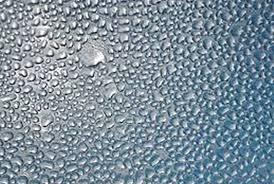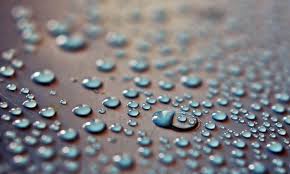

Condensation of gas phase into liquid phase would be influenced mainly by 5 parameters.
- Pressure drop required by end user. Lower pressure drops require higher section with bigger footprint.
- Position (horizontal or vertical). Horizontal position will have significantly higher condensation performances due to higher dry graphite surface available for gas to condense. Wet surface has lower heat transfer coefficient.
- Presence of non condensable media. Air or other gas trap in the media will reduce significantly the performances of the equipment. This will reduce the heat transfer coefficient and require higher heat transfer area and footprint.
- Pressure of operation. Many condensers are operating under vacuum in pharmaceutical and fine chemical applications. This will reduce the heat transfer coefficient and require higher heat transfer area and footprint.
The gas phase is saturated or not. Non saturated gas will required first a desuperheating stage with very low heat transfer coefficient.
Sometime the performance’s bottleneck of the equipment could be the media used on service side. Brine or mineral oils have high viscosity which will reduce significantly the heat transfer coefficient.
Common heat transfer coefficient achieved
| Conditions | Typical HTC (W/m2.K) |
| Process under vacuum | 20-500 |
| Process at atmospheric pressure | 500-8000 |
| Process with non condensable or with non saturated media | 20-200 |
Get in touch here with us to know more.
Equipment frequently used
GT DISC
GT BLOC
GT TUBE
GT CUBIC
GT PLATE
